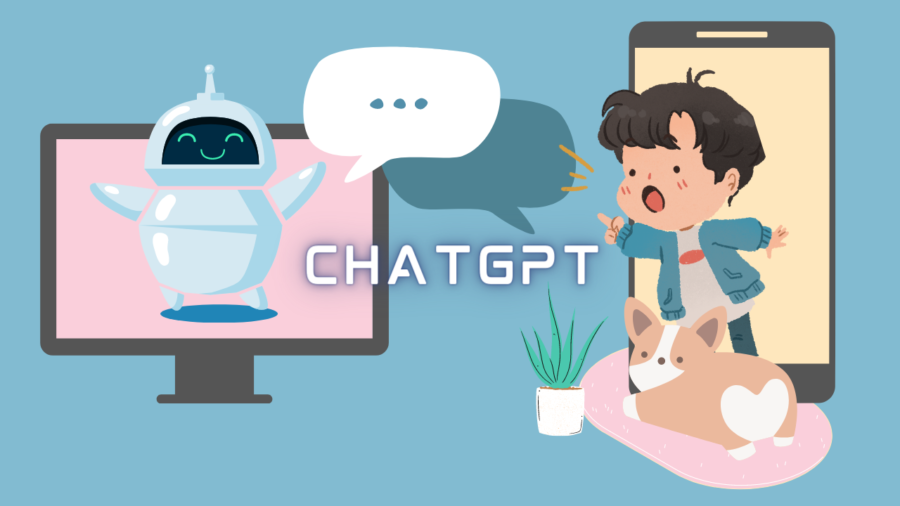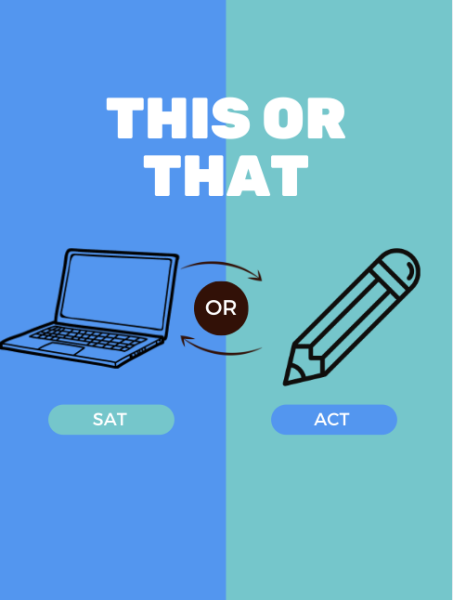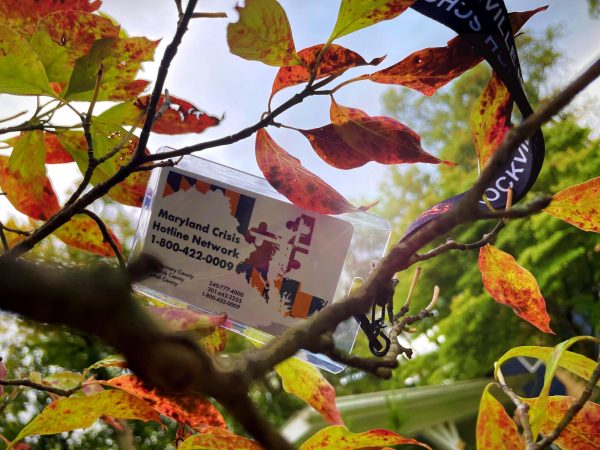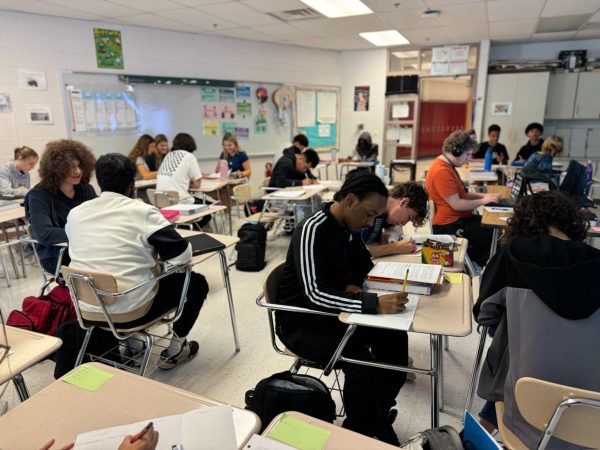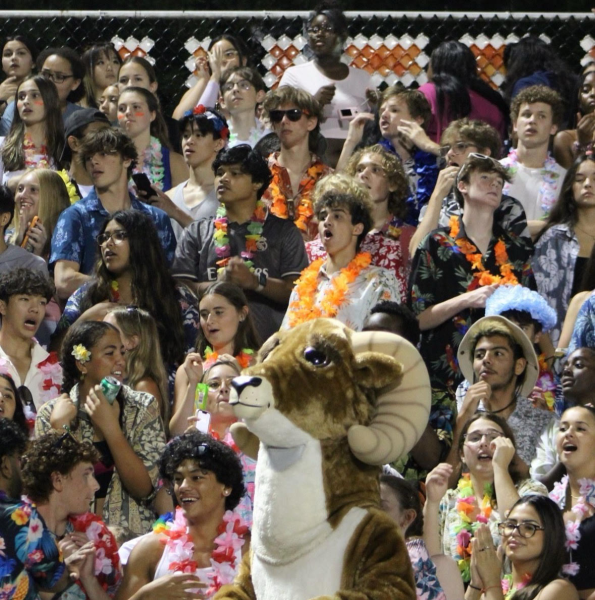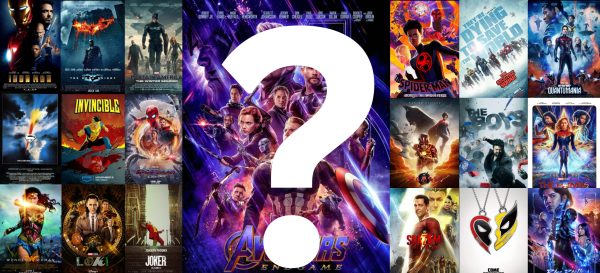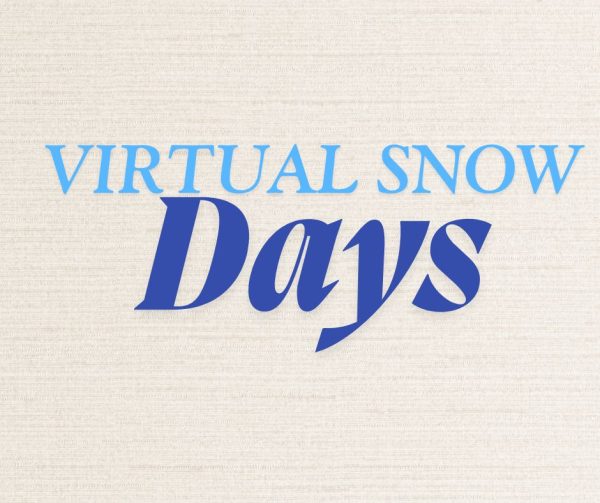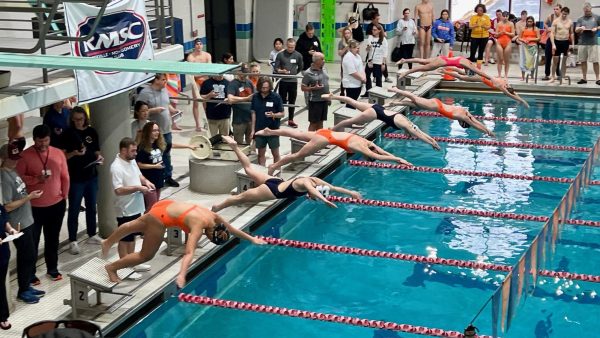ChatGPT: the Modern Terminator?
Artificial intelligence (AI) is no longer a spectacle contained in sci-fi books and movies. By now, many are well aware of AI’s increasing role in our everyday lives. Today’s so-called “Silicon Age” of rapidly advancing computers and AI enables our technology-dependent lifestyle of facial recognition, digital voice assistants, and online chess. But how do we feel about machine writers entering our schools and workplaces?
ChatGPT, first released in Nov. 2022, is a powerful AI chatbot growing in popularity, especially among students. Chatbots, by nature (or, in this case, programming), recognize patterns from information found across the internet to generate original text ranging from Medieval insults to an essay analyzing the use of gothic conventions in Mary Shelley’s “Frankenstein.”
ChatGPT’s ability to provide massive amounts of information, remember previous conversations, and communicate in an alarmingly conversational tone has coined ChatGPT by students and teachers alike as the “homework program.”
“[ChatGPT] has definitely been used around, but as high schoolers, it’s used more in a careful sense,” senior Shania Leal said.
But the question still remains, is ChatGPT an advantageous resource or a threat to education systems? English teacher Anne Ehlers embraces the usage of ChatGPT in her classroom, encouraging students to use it as an editing tool for essays.
“Some people are saying, ‘I want to use this tool for good and not for evil and teach [students] how to use it and teach them how to look for the drawbacks,’” Ehlers said. “And I think that’s probably the stronger way of doing it.”
In Ehlers’ IB English class, seniors hand-write their essays and then use ChatGPT for grammar, content, and organization suggestions. But conversely, Ehlers admits that there are pitfalls to using ChatGPT.
“I think that you do need to be careful because the chat is based on information that it gets,” Ehlers said. “It’s a little like Wikipedia in that way, in that anybody can edit it.”
Naturally, ChatGPT raises huge plagiarism and academic integrity concerns. While ChatGPT essays pass nearly all plagiarism tests, computer scientists are working on AI detection tests to combat cheating.
“The truth of the matter is that kids are short-changing themselves if they don’t do the work,” Ehlers said.
But the fear lingers of how chatbots may develop as technology advances exponentially. When thinking of the ramifications of AI, Terminator-level destruction comes to mind, but what if the AI we fear is already here?
“I think that [AI] is inevitable and scary, and kind of a Frankenstein monster in that it’s pulled together from different sources, and we haven’t really considered all the ways it could be used,” Ehlers said.
In addition to modern developments in AI-generated writing, AI can even create art. Open AI systems, such as DALL-E 2, Midjourney, and Stable Diffusion, have made it possible for anyone to create complex visual art in a plethora of genres simply by typing a few words into a text box. AI-voice generators have also been used to have famous artists “sing” songs they’ve never performed.
AI’s increasing role in the arts and humanity blurs the line between what is real and what is not. It also threatens original thought and creativity, raising a disturbing question: is human intelligence lost in the ever-growing maze of codes and algorithms?
“One of the most appreciated things about humanity is that artistic ability. [With AI], we aren’t thinking critically, we aren’t learning. There’s not that curiosity,” Leal said.
However, technology isn’t inherently malicious. Change is a magnet to fear. At some point, automobiles, airplanes, and phones were centers of distrust and controversy. Still, we can’t imagine life without these things today. Maybe AI is the next step in human transcendence.
But, like with anything, AI can certainly be abused. So, debating the ethical ramifications of expanding human interdependency on technology must be a pivotal point of current and future conversations.
“We have this unquenched thirst for AI and robots doing things,” Leal said. “But we don’t yet understand those limitations and how far we should push those boundaries.”


